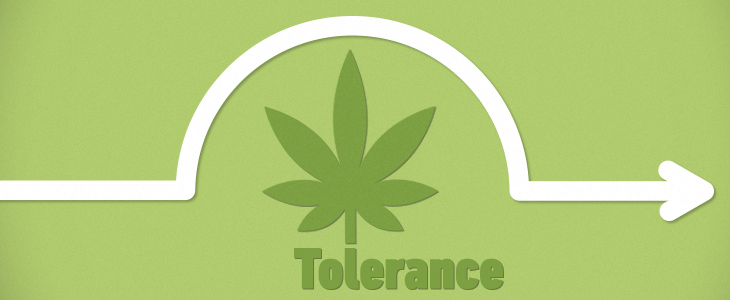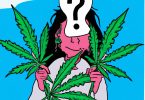Understanding and managing these phenomena
So you finally jumped on the cannabidiol (CBD) bandwagon after seeing hundred of articles pop up in your social media feeds and started taking CBD oil to treat your arthritis. After trying a few different brands, you settled on a tried-and-true product and you began to enjoy relief from pain and inflammation. Congratulations and welcome to the CBD club! You’ve joined a large community of patients who use an effective and natural chemical to ease their pain.
And things were great for a while. You stopped using over-the-counter analgesics and seamlessly integrated CBD into your daily life. But, one day, CBD started to let you down. You used the same product and dose as you had been for weeks but were not experiencing the same effects – what happened?
If you’ve experienced a CBD “let-down,” you are certainly not alone! In fact, it happens to many people – and these effects not specific to CBD. Remember the first time you tried coffee? That crazy burst of caffeine that induced hyperactivity and rushing thoughts? Now compare the amount of coffee you need today to experience those effects compared to the first time? That amount is likely far greater now.
Tolerance results from physiological changes in your brain receptors that produce effects from different substances like CBD or caffeine. Receptors respond to endogenous chemicals, or those produced by the brain. When they first interact with exogenous chemicals like CBD, they respond very strongly. However, over time, this response becomes weaker, leading to a smaller overall effect. [1] When this occurs, receptors require larger amounts of a chemical to produce a stronger effect – this is why that dose of CBD, once very effective, feels much weaker.
Some preclinical evidence has demonstrated that the effects of CBD decrease over time. [2] And data presented at a medical conference last year indicated that CBD became less effective in treating pediatric epilepsy at approximately seven months of treatment.
However, studies have also indicated tolerance can develop after repeated exposure to THC – but not CBD. [3,4] And that CBD may cause reverse tolerance – meaning that less CBD is required over time to produce the desired effects.
Why the conflicting results? Well, as with many facets of cannabis, additional research is required to better understand the physiology of dosing – especially as it relates to treating different types of conditions. In the meantime, there are some measures you can take if you are experiencing CBD tolerance.
Take a Break
Ceasing CBD use for a short period of time can help your receptors “reset” and become more sensitive. [5] Once you starting using again, you will likely experience the desired effects. For many, this method could work well. However, for patients who need consistent pain control, taking a break may not be an option.
Up Your Dose
Another way to overcome tolerance is to start taking gradually increased doses. This method has potential limitations itself, as the cost of CBD increases with dosage. Taking higher doses also increases risk of side effects – although CBD is very safe, an increase in drowsiness, for example, could be disruptive for daily use. While this method does require consideration, physicians often use this method of incremental dose increase to help patients adjust to medications and monitor side effects.
Experiment
There are several other factors to take into consideration. For example, CBD effects are influenced by time of day taken, method of consumption, body weight and height, and type of CBD used. If you start to experience CBD tolerance, try altering some of these factors to see if you can find a way to optimize the effects of your original dose.
As always, talk to your doctor or dispensary to better manage your use of CBD or medical cannabis to achieve an optimal and effective dose to treat your condition.
References
- Pietrzykowski, A.Z., Treistman, S.N., “The Molecular Basis of Tolerance”, Alcohol Res Health, 2008, Volume 31, pg. 298-309.
- Borys, H.K., et al., “Development of tolerance to the prolongation of hexobarbitone sleeping time caused by cannabidiol”, Br J Pharmacol, 1979, Volume 67, pg. 93-101.
- Hayakawa, K., et al., “Repeated Treatment with Cannabidiol But not Delta9-Tetrahydrocannabinol Has a Neuroprotective Effect Without the Development of Tolerance”, Neuropharmacology, 2007, Volume 52, pg. 1079-1087.
- Hayakawa, K., et al., “Therapeutic Potential of Non-Psychotropic Cannabidiol in Ischemic Stroke.” Pharmaceuticals (Basel), 2010, Volume 3, pg. 2197-2212.
- D’Souza, D.C., et al., “Rapid Changes in CB1 Receptor Availability in Cannabis Dependent Males after Abstinence from Cannabis”, Biol Psychiatry Cogn Neurosci Neuroimaging, 2016, Volume 1, pg. 60-67.










